Colour contact lenses have long been seen as a fun way to shift a look, even if only for a night out. Colored contacts carry a sense of play, letting someone slip into a new mood or persona with a tiny change that feels oddly powerful. The first time many people try them, they realise vision and style can blend into something surprisingly expressive. That spark of self-expression is becoming the foundation for a much bigger story about where eyewear is heading.
What once felt like a simple accessory is now growing into a space filled with imagination and bold innovation. Think about how phones changed from basic calling devices to multipurpose companions that guide almost every hour of the day. Lenses are on a similar path. They are starting to merge comfort with intelligence, letting technology get just close enough to enhance a person’s perception without intruding on their experience. It feels a bit like stepping into the future, but gently, without the cold chrome sci-fi imagery we sometimes expect.
One of the most fascinating parts of this evolution is how natural the upgrades feel. People who wear contacts daily already trust a tiny piece of material to help them see clearly, so the idea of those lenses doing a little more does not feel strange. Imagine slipping in your morning pair and instantly having subtle enhancements, like sharper contrast on cloudy days or a soft filter that reduces strain while working on a laptop. These ideas used to belong in prototype labs, yet they’re edging closer to everyday life.
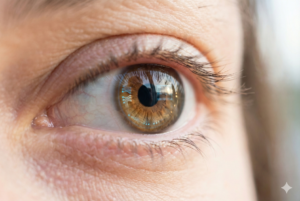
There is a human craving behind all this, a desire to move through the world with less friction. Many of us know the headache that creeps in after hours of staring at screens or the squinting that happens in bright sunlight. The promise of tech-enhanced lenses speaks directly to those small annoyances, aiming to make vision feel more effortless. It is the kind of change that may not be flashy at first, but becomes invaluable once you’ve lived with it.
Stories from early adopters already paint a vivid picture. One woman described how her smart tinted lenses automatically adjusted during her afternoon commute, softening the harsh glare bouncing off car windshields. She said it made her feel like the world had been dialled to the perfect brightness, almost like stepping into a photo edited for comfort. Another person mentioned how contrast boosting lenses made night driving less stressful, turning blurry shapes into crisp, manageable outlines. These moments may seem small, yet they add up to a sense of ease many people crave.
Beyond everyday comfort, the emotional connection to vision remains deeply personal. Clear sight affects confidence, safety, and even how we interact with others. When lenses help someone navigate the world with less strain, they also influence mood and self-expression. That means tech-enhanced lenses are not just tools; they become companions that subtly shape daily life. And when technology feels like a companion rather than a device, adoption becomes almost instinctive.
The beauty of this shift is that it is not forcing people into a digital world. Instead, it blends digital capabilities with the natural human experience of perception. The best innovations often work this way, hiding their complexity behind intuitive simplicity. Most users never want to think about processors or sensors inside their lenses. They want comfort, clarity, and a sense that their world is a little easier to navigate than it was the day before.
There is also a creative side to all of this. Designers and engineers are exploring ways lenses could assist people with unique visual needs. Someone who struggles with colour differentiation might one day wear lenses that gently enhance hues, making everyday tasks easier. People who work in visually demanding jobs, like artists or photographers, may choose lenses that bring subtle vibrancy into their field of view. The overlap of art, science, and personal style makes the future of lenses feel wide open.
And there’s the playful angle, too. Just as the early popularity of purely cosmetic lenses showed how much people love expressing themselves through their eyes, new technology could bring fresh ways to blend function with flair. Maybe lenses could shift tone slightly for different lighting situations, not just for comfort but for mood. The eyes are already one of the most expressive parts of the human face, so adding adaptable elements could feel both exciting and natural.
What makes this moment so captivating is how quickly the conversation around vision is changing. Glasses and contacts have always been essential tools, but they rarely sparked excitement. Now people are talking about lenses the same way they talk about smart wearables or next-generation gadgets. That shift shows how deeply these innovations are resonating. When something as familiar as contacts begins evolving, it influences everyday life in ways we feel immediately.
Picture yourself a few years from now, starting your day by choosing which lens settings fit your schedule. You may have a long morning of computer work, so you select a pair with strain-reducing features. You could plan a hiking trip and choose lenses that help sharpen contrast on uneven terrain. It sounds futuristic, yet also extremely practical. The best technology usually starts with solving real, lingering problems. Eye strain, harsh lighting, and inconsistent clarity have followed people for decades. Now we’re finally seeing solutions that are small, seamless, and personal.
Tech-enhanced lenses are not meant to replace human experience. They’re designed to support it, to soften the edges of daily challenges and let people move through the world with more comfort and confidence. As these innovations continue to grow, the conversation about vision will shift from “How well can I see?” to “How well can I experience my world?” That mindset opens the door to transformation.
The journey is still unfolding, yet it feels like one of those rare developments that will become part of everyday life before we even realise how far we’ve come. Vision has always been one of the most precious senses. Enhancing it in a way that feels gentle, personal, and empowering is a direction that resonates with nearly everyone. And as more people discover what these lenses can do, modern vision will become less about correction and more about connection.
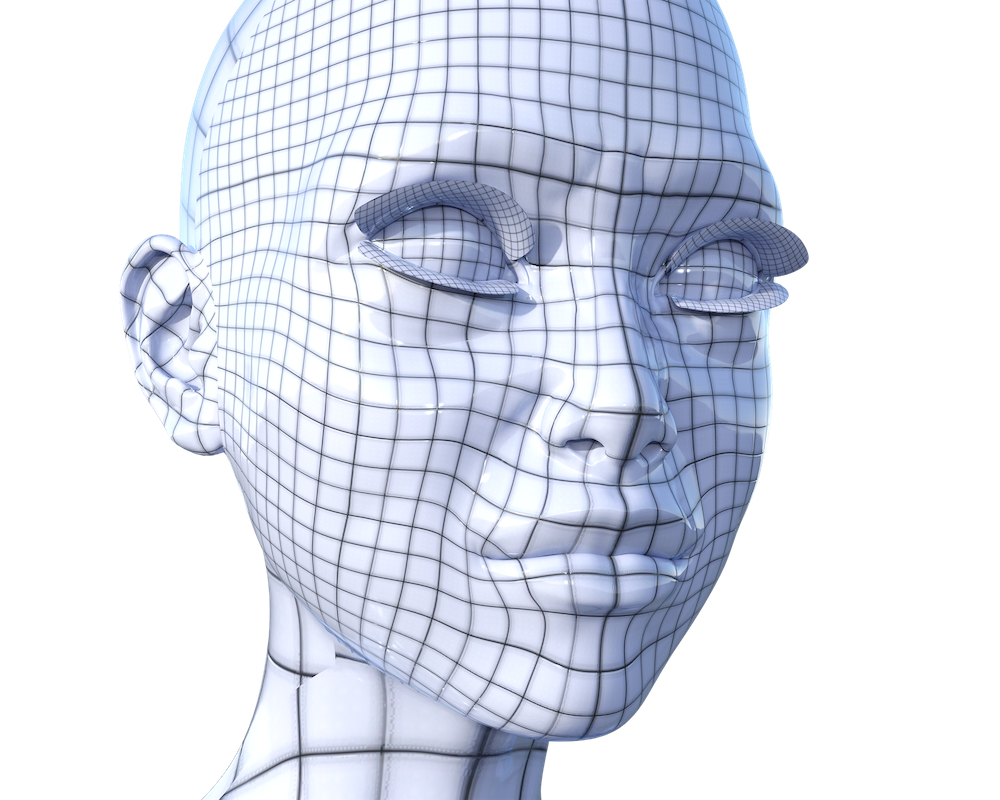



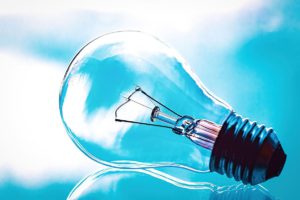
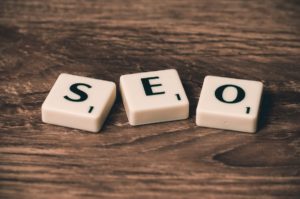
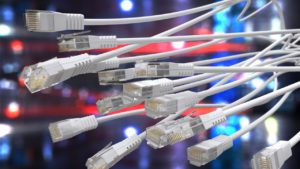
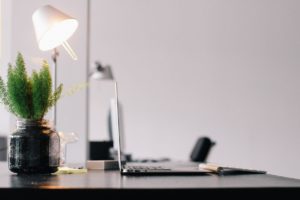
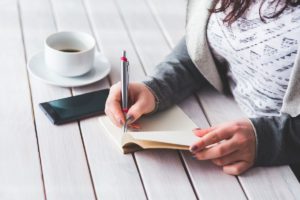





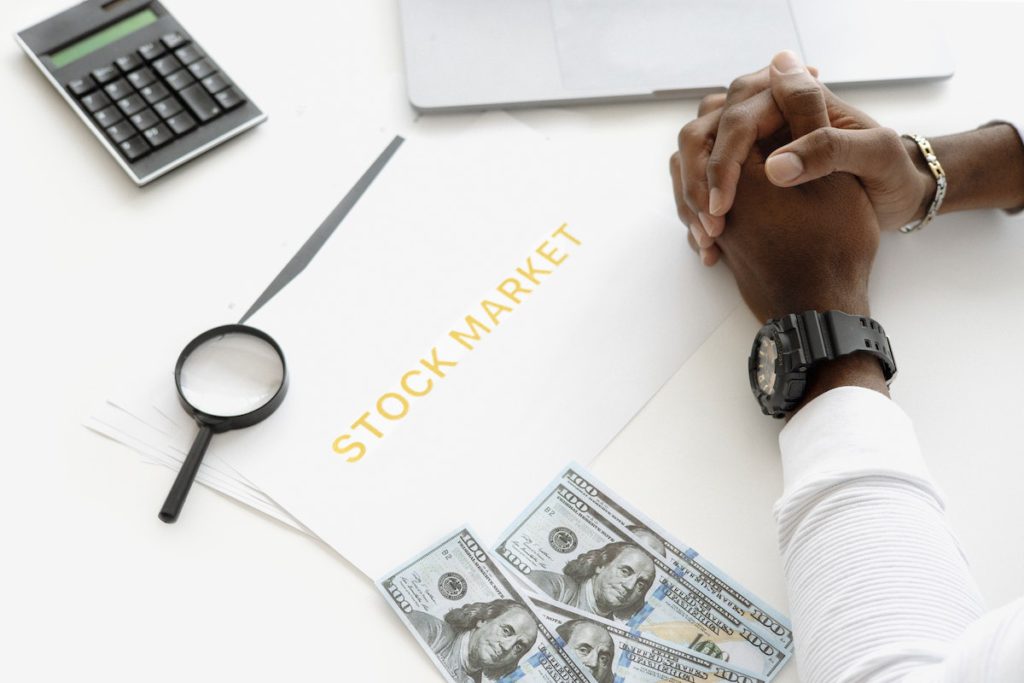

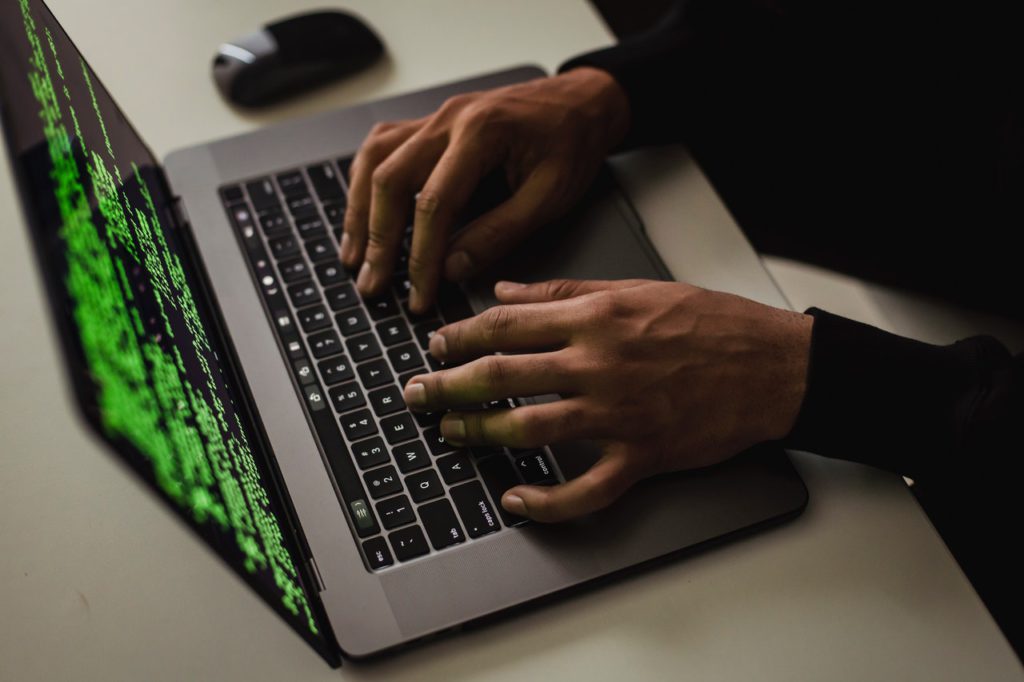
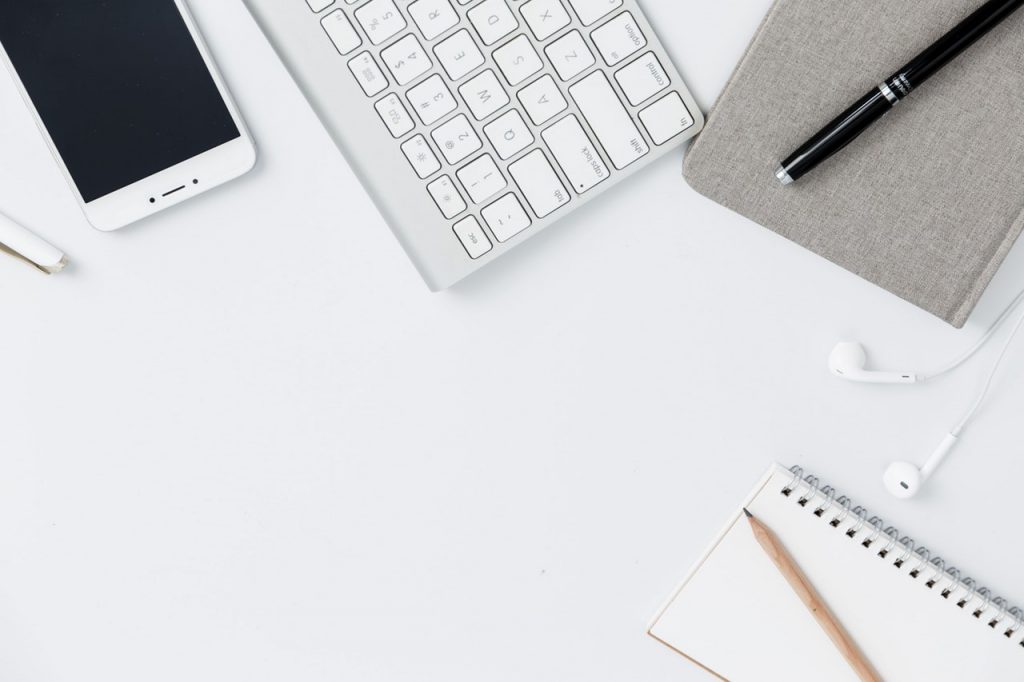
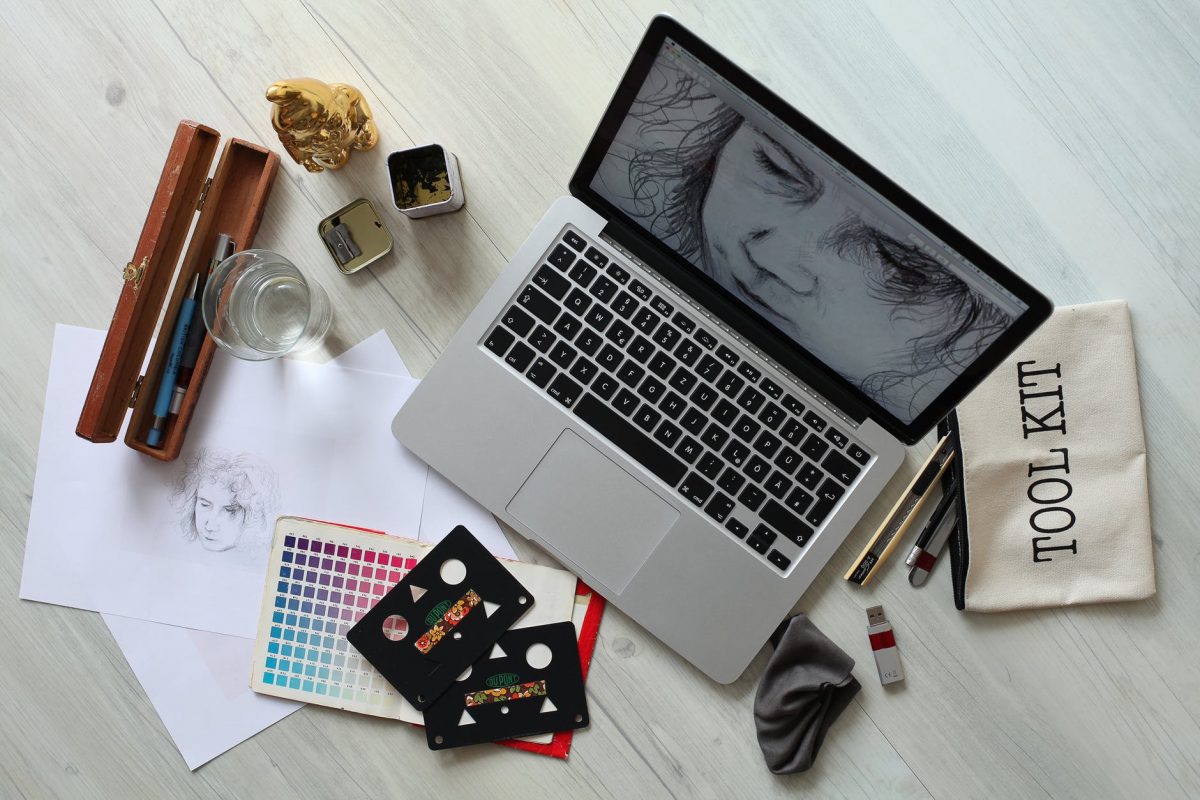



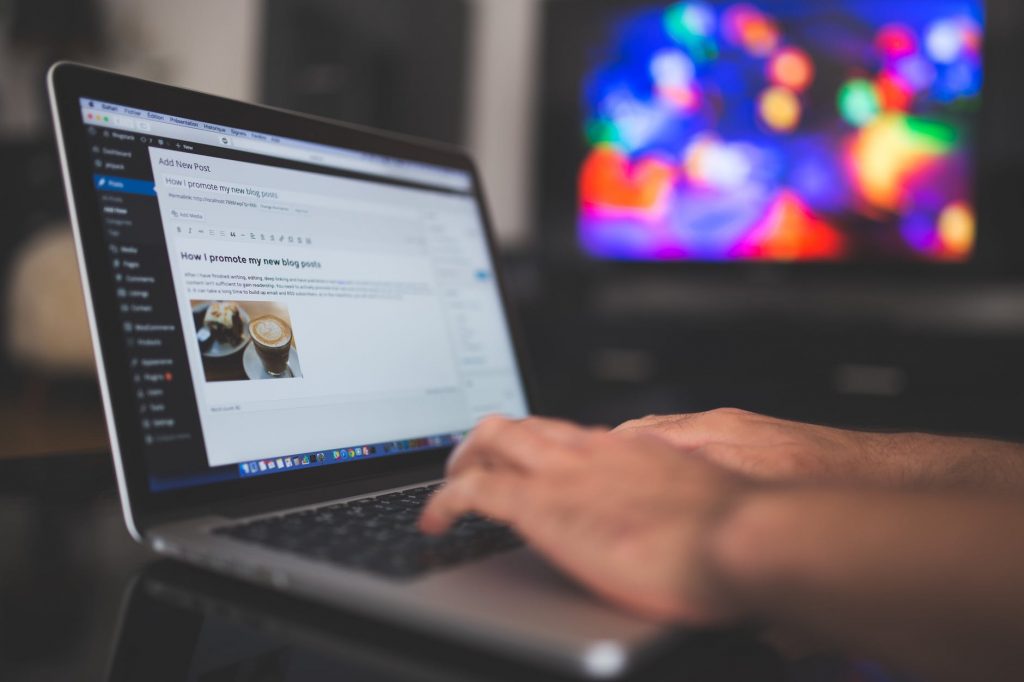
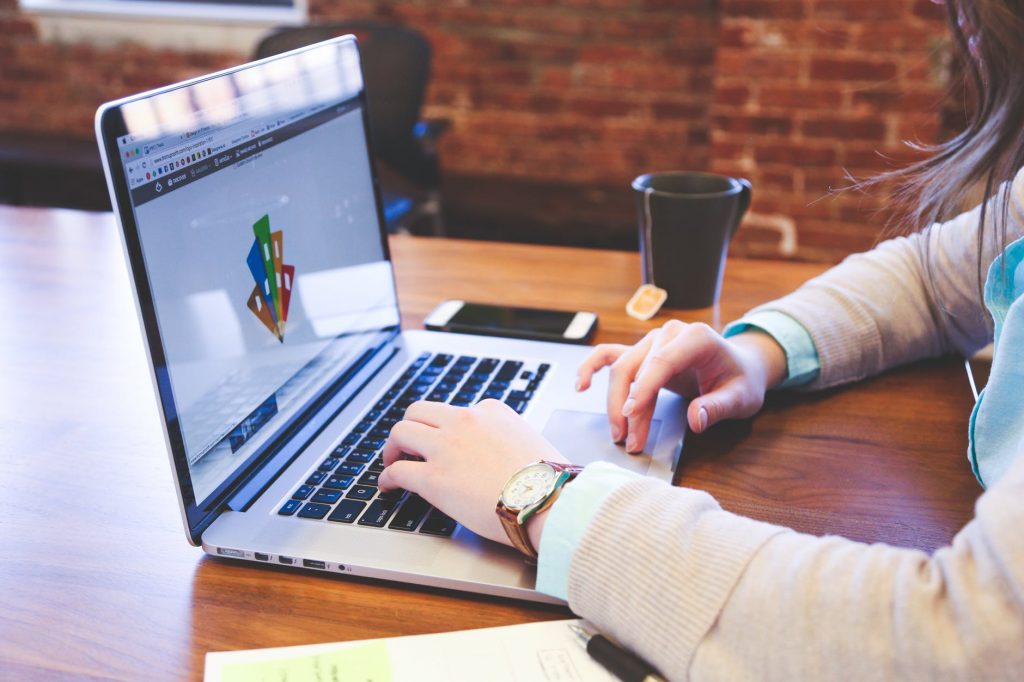
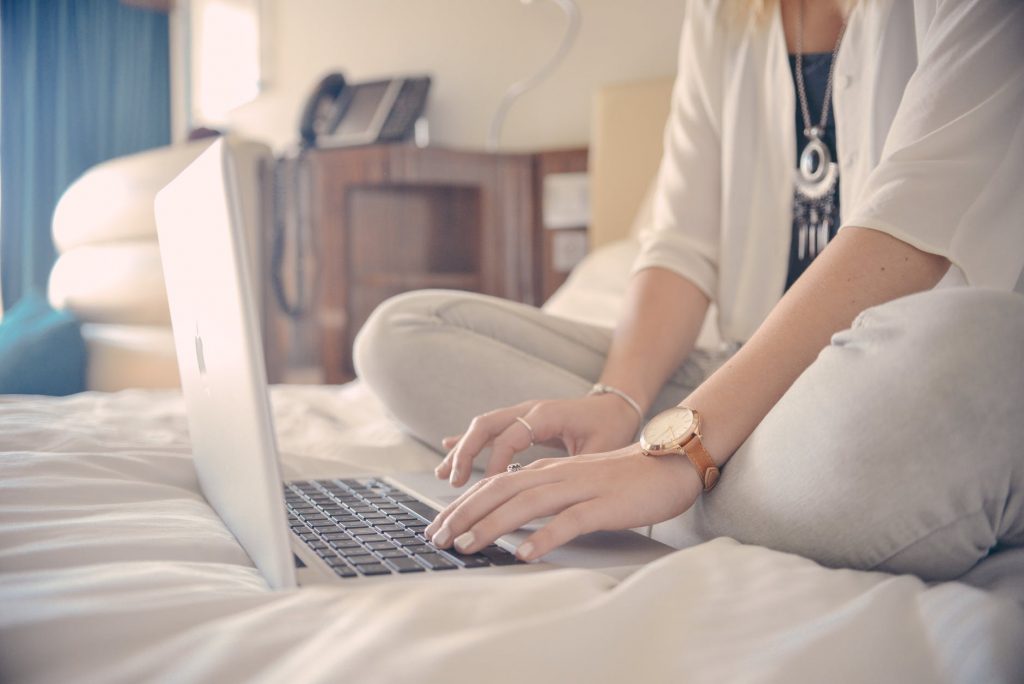
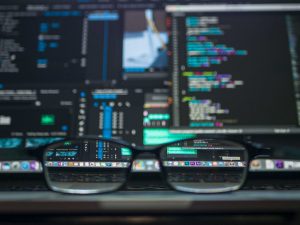

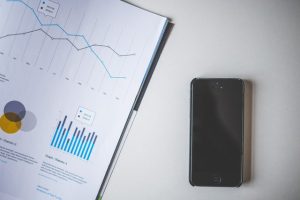
 As rates of parts and products for basically each physical item – vehicles, mobile phones and clothes to name a few – have dropped in the
As rates of parts and products for basically each physical item – vehicles, mobile phones and clothes to name a few – have dropped in the 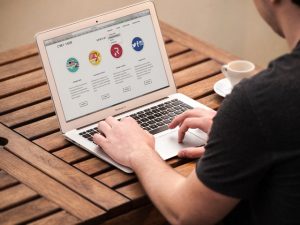 brokers
brokers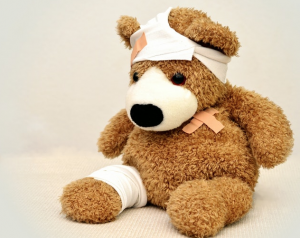 Every second within the U.S., an elderly adult experiences a fall, accounting for at least 27,000 deaths from falling among elderly people, according to the CDC. While
Every second within the U.S., an elderly adult experiences a fall, accounting for at least 27,000 deaths from falling among elderly people, according to the CDC. While 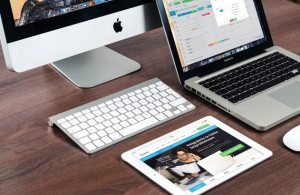

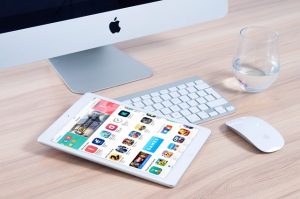 We all know how much technology has helped improve our lives, especially since the smart phone boom. There are apps for just about everything including ordering
We all know how much technology has helped improve our lives, especially since the smart phone boom. There are apps for just about everything including ordering  Automation of organisation and detail procedures using a procedural governance structure does not provide much better access, effectiveness and expense control, it decreases crucial threats of mistake and maladministration. And it restores important money and time to firms that can be released in locations with the best result.
Automation of organisation and detail procedures using a procedural governance structure does not provide much better access, effectiveness and expense control, it decreases crucial threats of mistake and maladministration. And it restores important money and time to firms that can be released in locations with the best result.